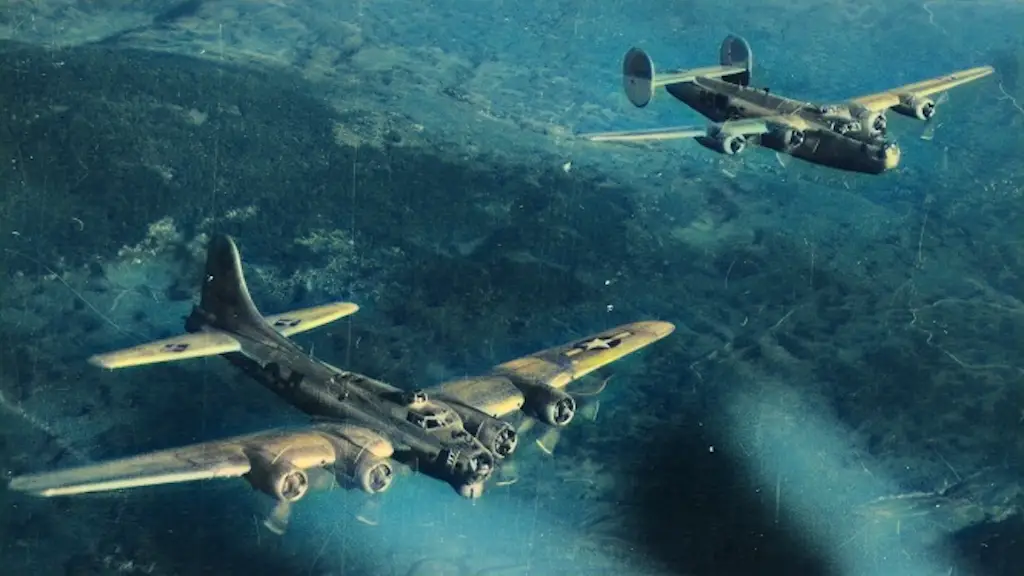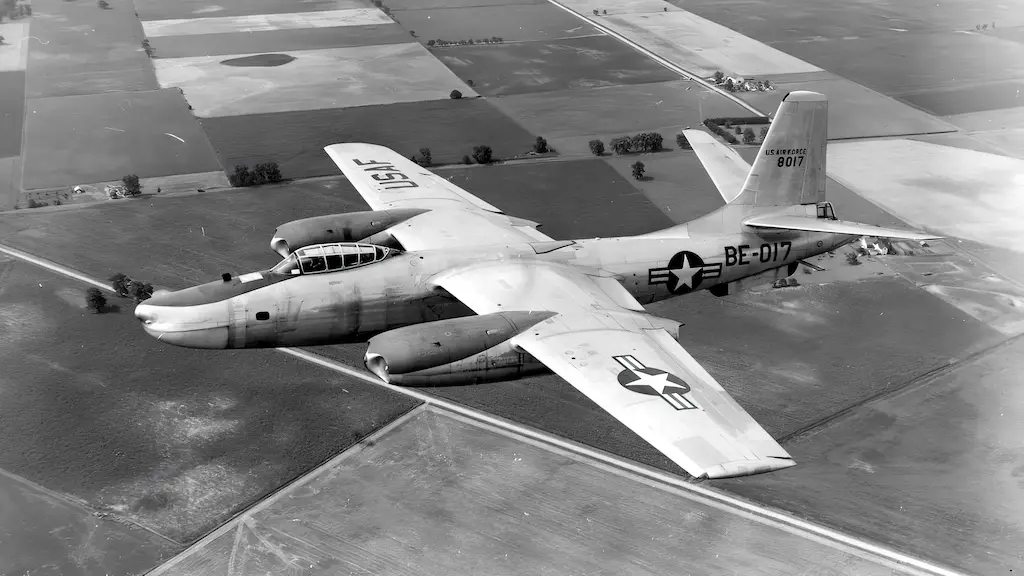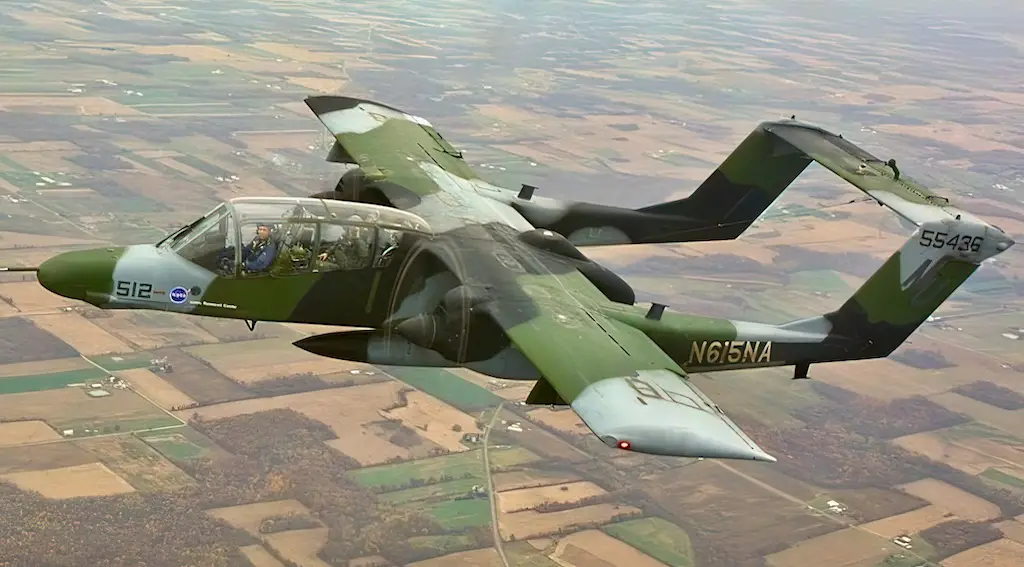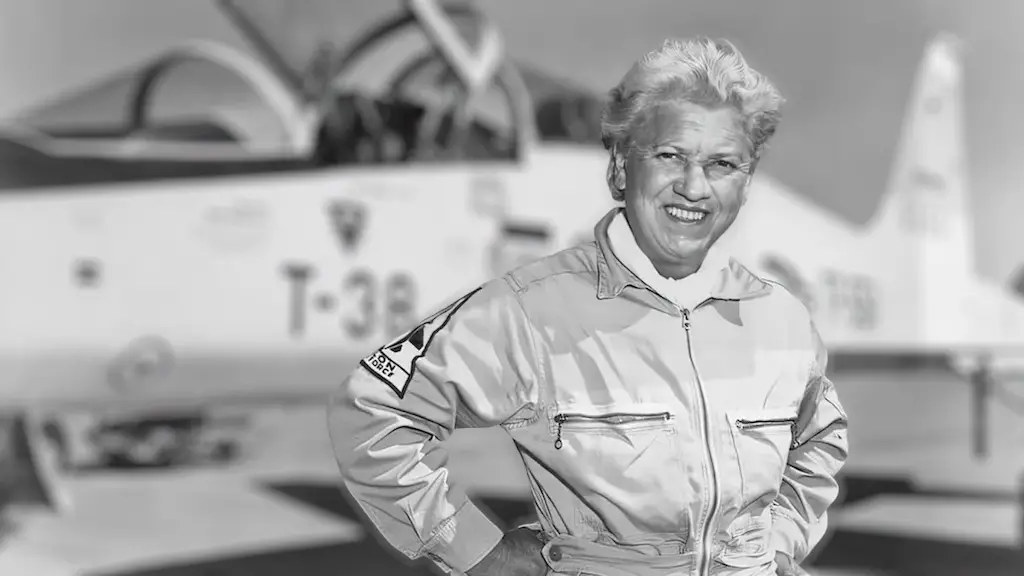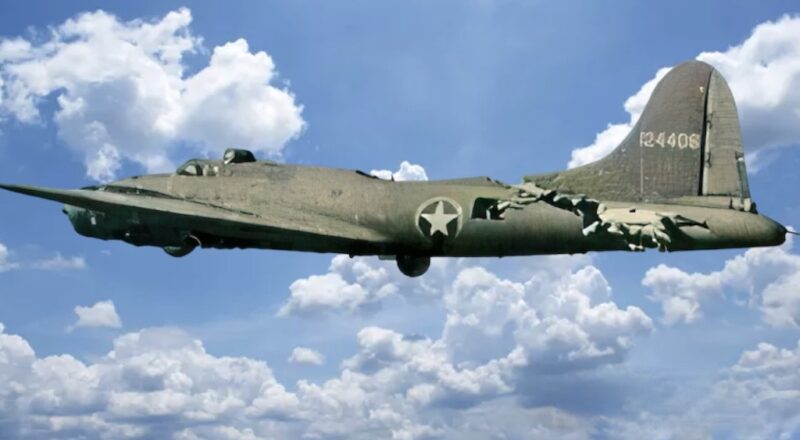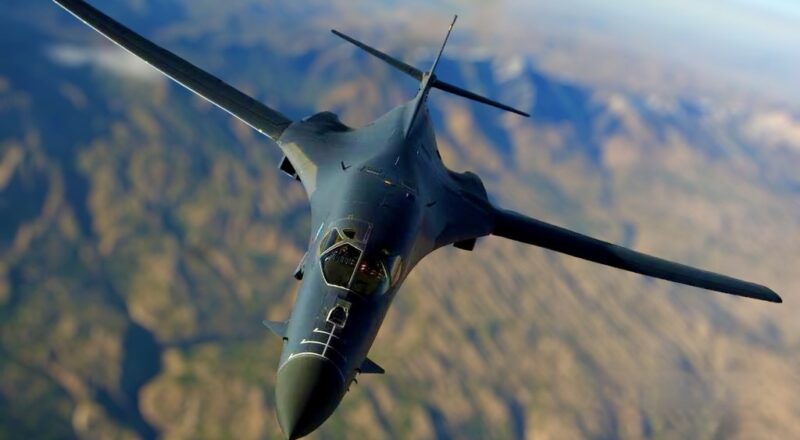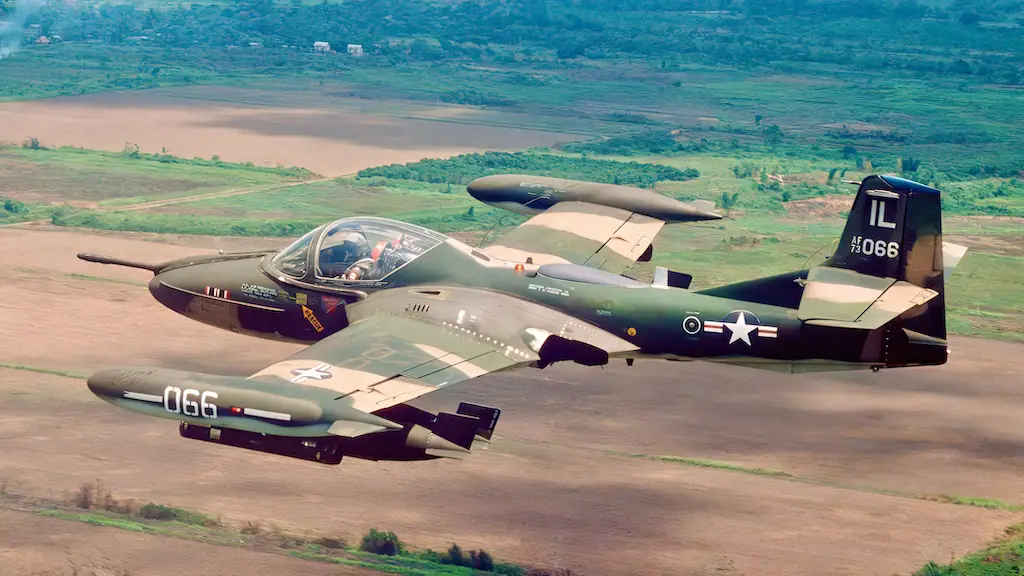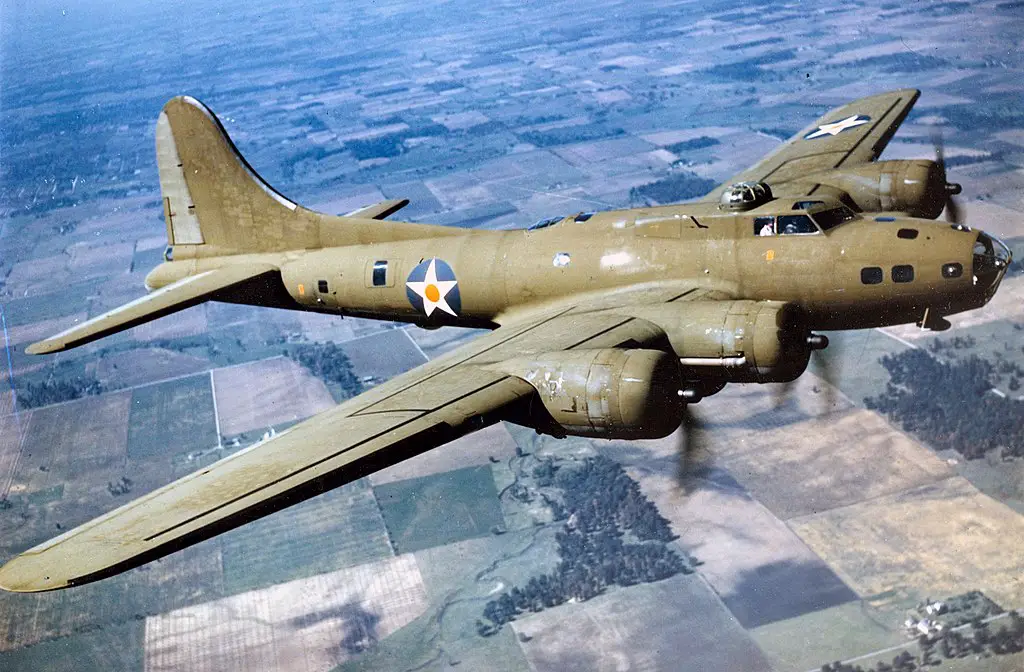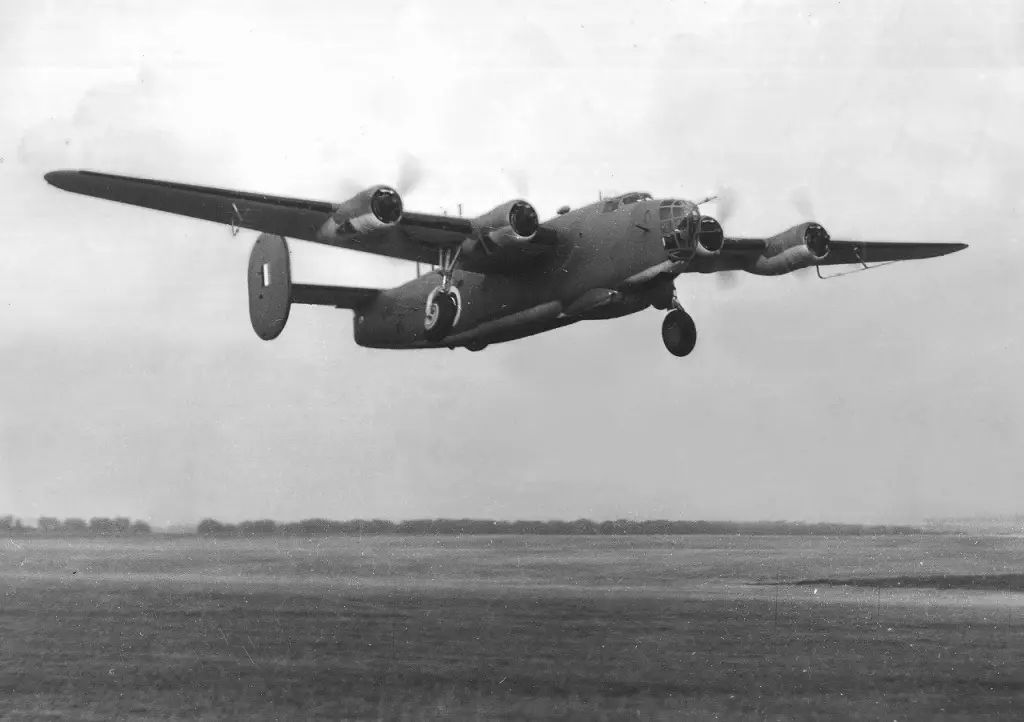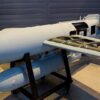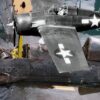The B-17 Flying Fortress often captures the limelight in World War II aviation lore, thanks to its photogenic qualities that made it a favorite for American propaganda. Yet, the Consolidated B-24 Liberator, with its more pragmatic design, played a pivotal but less celebrated role. The overshadowing of the B-24 raises the question: Did it fall short of the B-17’s fame simply because of its aesthetics, or did it actually surpass the B-17 in key performance areas?
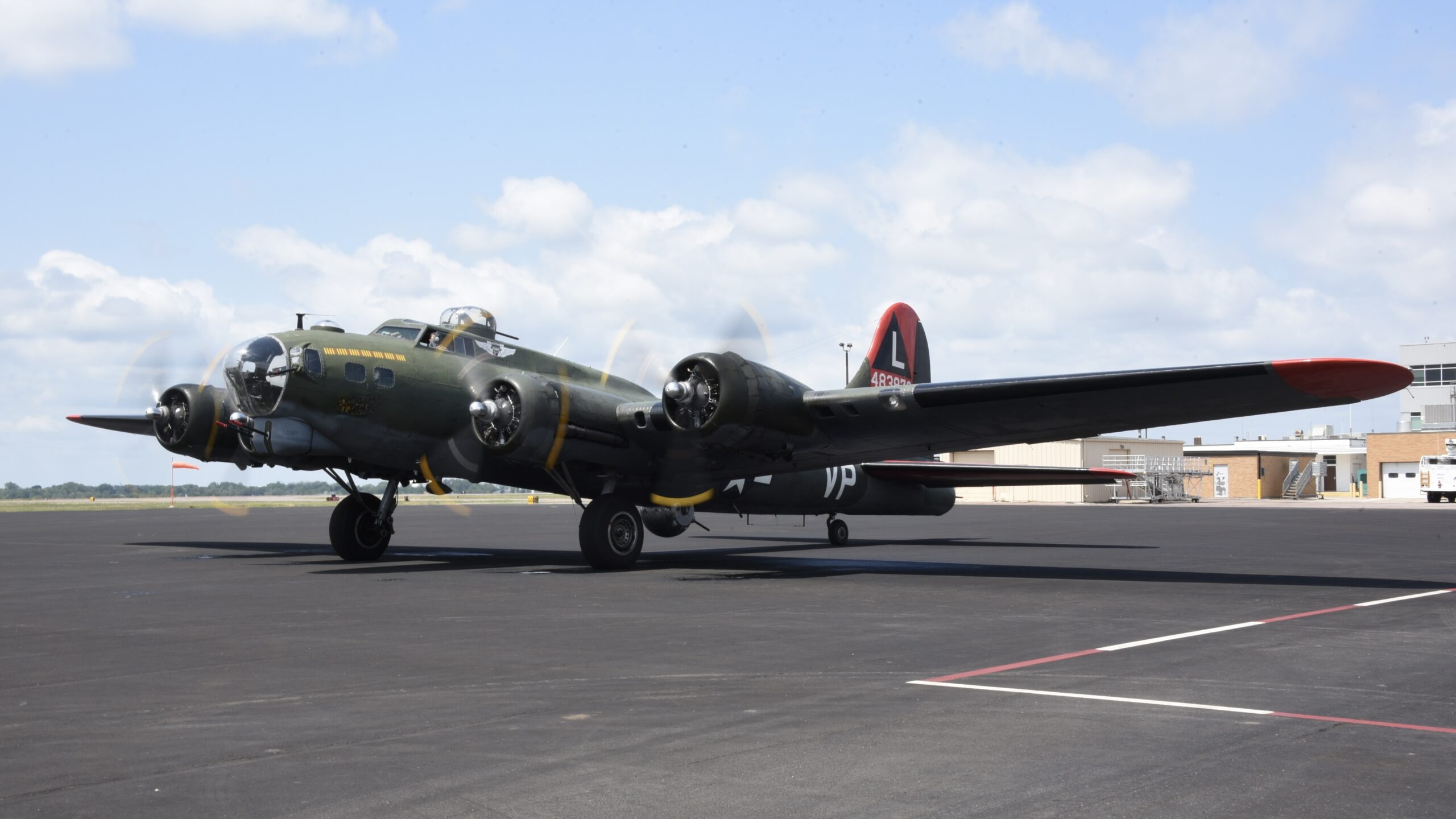
The Production Phenomenon
Over 18,500 B-24 units rolled off assembly lines, setting a record for the most produced multi-engine aircraft of the war. At its peak, factories completed a Liberator every 55 minutes, showcasing American manufacturing efficiency at its finest during wartime.
In the Battle of the Atlantic, the B-24 secured its legend. Radar-equipped Liberators, ready for all weather, patrolled the Mid-Atlantic Gap. They forced German U-boats to hide underwater, slashing their effectiveness and menace. This shift was crucial, safeguarding Allied convoys and ensuring vital supplies and personnel could cross the Atlantic uninterrupted.
Design Innovations
From blueprint to battlefield, the B-24 broke new ground with its design. Its high-mounted ‘Davis’ wing and tricycle landing gear provided unmatched speed, load capacity, and range advantages over the B-17. These features, however, posed challenges, especially in low-speed handling and emergency water landings, increasing the risk of the aircraft breaking apart.
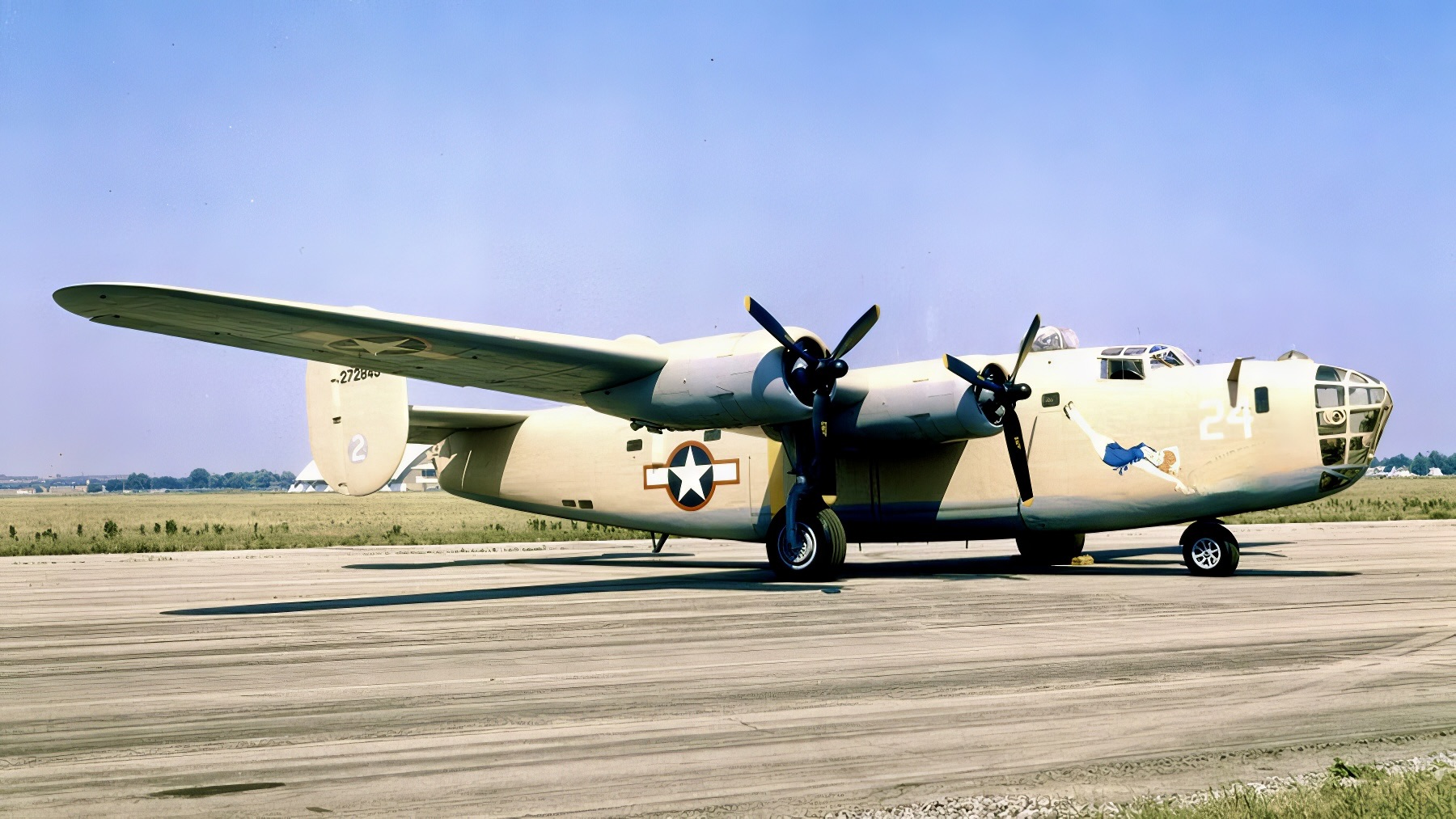
Throughout its service, the B-24 adapted and evolved. Early models like the B-24A and RAF’s Liberator II demonstrated its versatility, taking on roles from bombing to high-speed transport. The B-24D, the first variant produced en masse, introduced armament and engine upgrades. Following variants, like the B-24H, added a powered ball turret for better defense against attacks.
The PB4Y-1 and PB4Y-2, specialized for anti-submarine warfare, carried modifications for their crucial role in extending Allied control over the oceans. These versions were key to hunting submarines and protecting convoys across the Atlantic and Pacific.
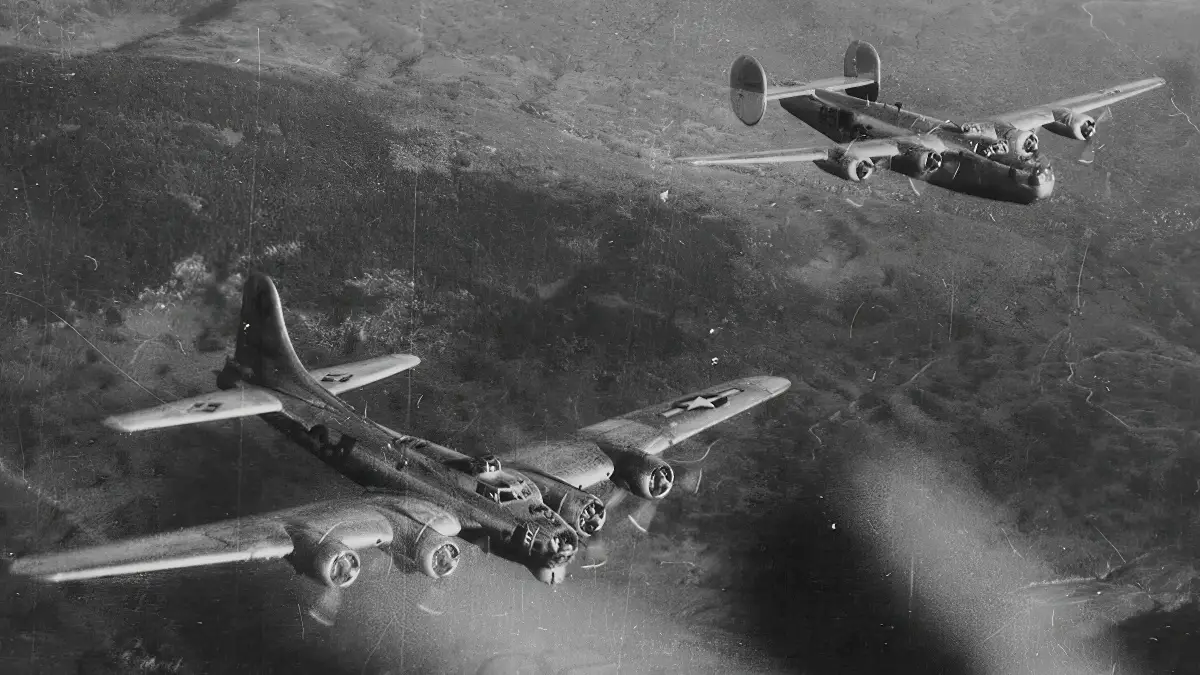
The Operational Workhorse
In Europe, the B-24 supported the B-17 in strategic bombing, offering greater speed, range, and bomb load. Its significance grew in the Pacific, where its range was essential for wide-area operations. Despite its successes, the B-24 had vulnerabilities, especially in taking battle damage compared to the sturdier B-17.
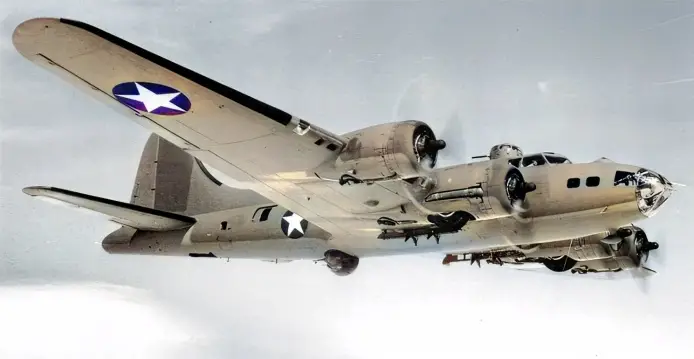
The Liberator’s impact went beyond bombing. In the Atlantic, it changed the game in anti-submarine warfare, pivotal in the Battle of the Atlantic. Its range, payload, and adaptability made it a key strategic tool.
Though it never reached the fame of the B-17, the B-24’s contributions to the Allied victory were monumental. Its versatility, production numbers, and operational flexibility made it indispensable across all war theaters. From its rapid production to its dominance over vast oceans, the B-24 Liberator stands as a testament to American industrial and military might during World War II.

